Suzuki Swace vs Toyota C-HR - Differences and prices compared
Costs and Efficiency:
Price and efficiency are often the first things buyers look at. Here it becomes clear which model has the long-term edge – whether at the pump, the plug, or in purchase price.
Toyota C-HR has a hardly perceptible advantage in terms of price – it starts at 29100 £, while the Suzuki Swace costs 31900 £. That’s a price difference of around 2743 £.
Fuel consumption also shows a difference: Toyota C-HR manages with 0.80 L and is therefore significantly more efficient than the Suzuki Swace with 4.50 L. The difference is about 3.70 L per 100 km.
Engine and Performance:
Power, torque and acceleration are the classic benchmarks for car enthusiasts – and here, some clear differences start to show.
When it comes to engine power, the Toyota C-HR has a noticeable edge – offering 223 HP compared to 140 HP. That’s roughly 83 HP more horsepower.
In acceleration from 0 to 100 km/h, the Toyota C-HR is distinct quicker – completing the sprint in 7.40 s, while the Suzuki Swace takes 9.40 s. That’s about 2 s faster.
In terms of top speed, the performs better – reaching , while the tops out at . The difference is around .
Space and Everyday Use:
Beyond pure performance, interior space and usability matter most in daily life. This is where you see which car is more practical and versatile.
Seats: offers more seating capacity – vs .
In curb weight, Suzuki Swace is hardly perceptible lighter – 1475 kg compared to 1505 kg. The difference is around 30 kg.
In terms of boot space, the Suzuki Swace offers evident more room – 596 L compared to 447 L. That’s a difference of about 149 L.
In maximum load capacity, the Suzuki Swace performs distinct better – up to 1606 L, which is about 451 L more than the Toyota C-HR.
When it comes to payload, Toyota C-HR slightly takes the win – 425 kg compared to 360 kg. That’s a difference of about 65 kg.
Who wins the race?
The Toyota C-HR proves to be outperforms in nearly all aspects and therefore becomes our DriveDuel Champion!
Toyota C-HR is the better all-rounder in this comparison.
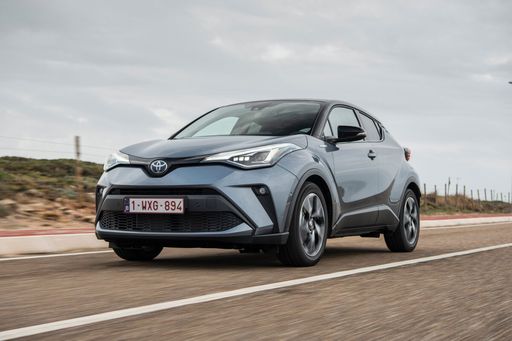 @ Toyota Motor Corporation
@ Toyota Motor Corporation
Toyota C-HR
Costs and Consumption
View detailed analysis
Engine and Performance
View detailed analysis
Dimensions and Body
View detailed analysis
Suzuki Swace
The Suzuki Swace is a pragmatic estate that swaps showy design for roomy practicality and a quiet, comfortable ride that suits everyday family life. It won't thrill the enthusiast, but its sensible charm, dependable build and clever packaging make it a smart pick for buyers who want fuss-free usability rather than headline-grabbing performance.
details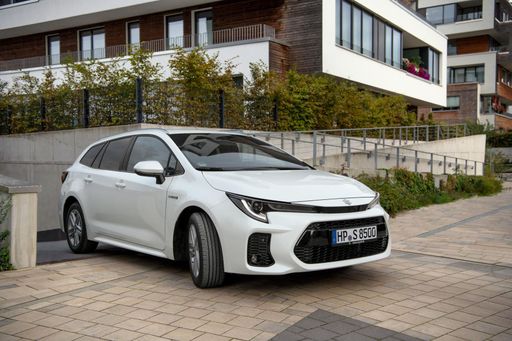 @ Suzuki Motor Corporation
@ Suzuki Motor Corporation
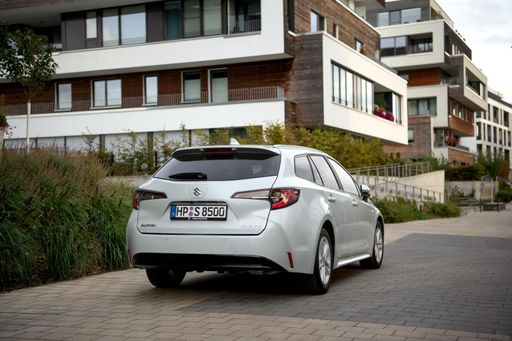 @ Suzuki Motor Corporation
@ Suzuki Motor Corporation
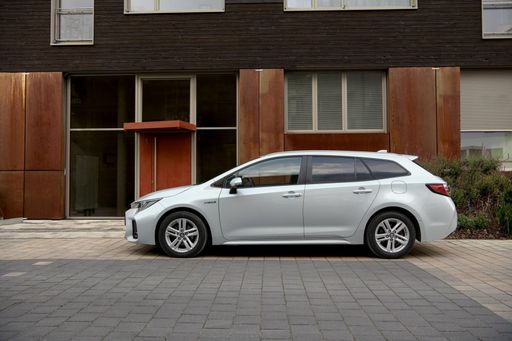 @ Suzuki Motor Corporation
@ Suzuki Motor Corporation
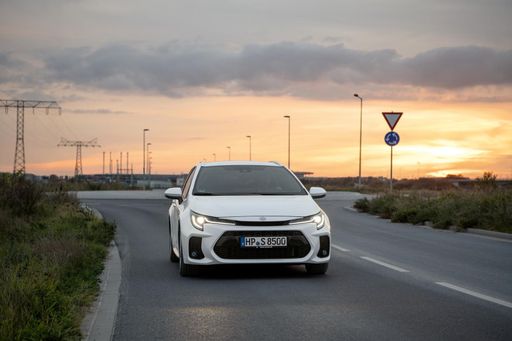 @ Suzuki Motor Corporation
@ Suzuki Motor Corporation
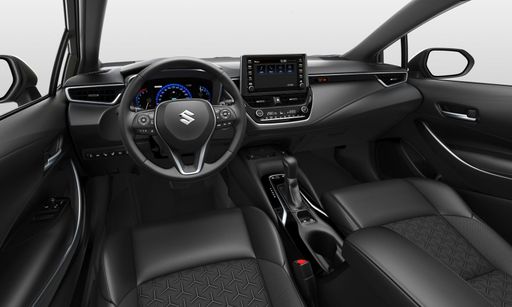 @ Suzuki Motor Corporation
@ Suzuki Motor Corporation
Toyota C-HR
The Toyota C-HR cuts a striking figure with its angular styling and coupe-like profile, so you’ll never go unnoticed in the supermarket car park. It balances everyday practicality with a nimble, city-friendly personality, making routine commutes feel a touch more fun without asking for forgiveness.
details @ Toyota Motor Corporation
@ Toyota Motor Corporation
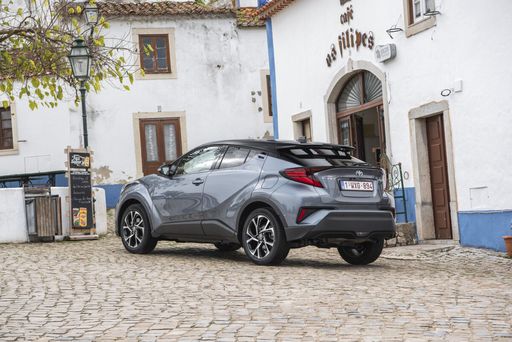 @ Toyota Motor Corporation
@ Toyota Motor Corporation
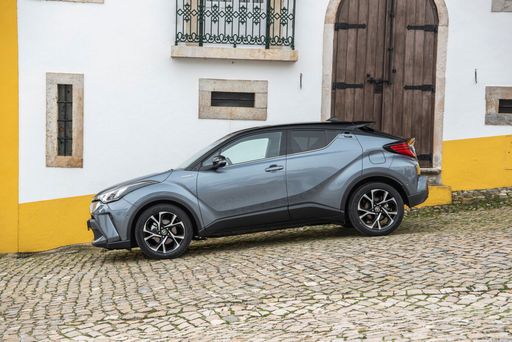 @ Toyota Motor Corporation
@ Toyota Motor Corporation
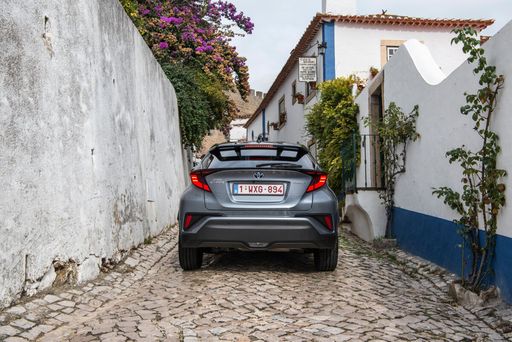 @ Toyota Motor Corporation
@ Toyota Motor Corporation
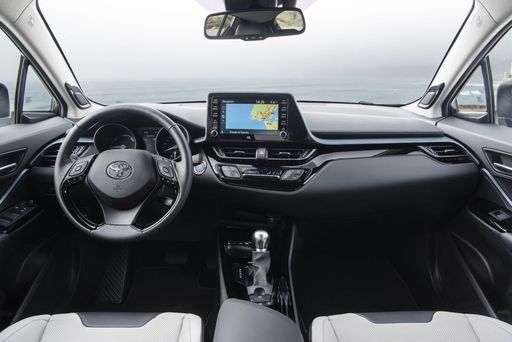 @ Toyota Motor Corporation
@ Toyota Motor Corporation
 @ Suzuki Motor Corporation
@ Suzuki Motor Corporation
|
 @ Toyota Motor Corporation
@ Toyota Motor Corporation
|
|
|
|
Costs and Consumption |
|
|---|---|
|
Price
31900 £
|
Price
29100 - 42800 £
|
|
Consumption L/100km
4.50 L
|
Consumption L/100km
0.8 - 5.1 L
|
|
Consumption kWh/100km
-
|
Consumption kWh/100km
-
|
|
Electric Range
-
|
Electric Range
68 km
|
|
Battery Capacity
-
|
Battery Capacity
-
|
|
co2
102 g/km
|
co2
17 - 115 g/km
|
|
Fuel tank capacity
43 L
|
Fuel tank capacity
43 L
|
Dimensions and Body |
|
|---|---|
|
Body Type
Estate
|
Body Type
SUV
|
|
Seats
5
|
Seats
5
|
|
Doors
5
|
Doors
5
|
|
Curb weight
1475 kg
|
Curb weight
1505 - 1755 kg
|
|
Trunk capacity
596 L
|
Trunk capacity
350 - 447 L
|
|
Length
4655 mm
|
Length
4362 mm
|
|
Width
1790 mm
|
Width
1832 mm
|
|
Height
1460 mm
|
Height
1558 - 1564 mm
|
|
Max trunk capacity
1606 L
|
Max trunk capacity
1076 - 1155 L
|
|
Payload
360 kg
|
Payload
375 - 425 kg
|
Engine and Performance |
|
|---|---|
|
Engine Type
Full Hybrid
|
Engine Type
Full Hybrid, Plugin Hybrid
|
|
Transmission
Automatic
|
Transmission
Automatic
|
|
Transmission Detail
CVT
|
Transmission Detail
CVT
|
|
Drive Type
Front-Wheel Drive
|
Drive Type
Front-Wheel Drive, All-Wheel Drive
|
|
Power HP
140 HP
|
Power HP
140 - 223 HP
|
|
Acceleration 0-100km/h
9.40 s
|
Acceleration 0-100km/h
7.4 - 9.9 s
|
|
Max Speed
180 km/h
|
Max Speed
175 - 180 km/h
|
|
Torque
-
|
Torque
-
|
|
Number of Cylinders
4
|
Number of Cylinders
4
|
|
Power kW
103 kW
|
Power kW
103 - 164 kW
|
|
Engine capacity
1798 cm3
|
Engine capacity
1798 - 1987 cm3
|
General |
|
|---|---|
|
Model Year
2024
|
Model Year
2024 - 2025
|
|
CO2 Efficiency Class
C
|
CO2 Efficiency Class
C, B
|
|
Brand
Suzuki
|
Brand
Toyota
|
What drivetrain options does the Suzuki Swace have?
Available configurations include Front-Wheel Drive.
The prices and data displayed are estimates based on German list prices and may vary by country. This information is not legally binding.
